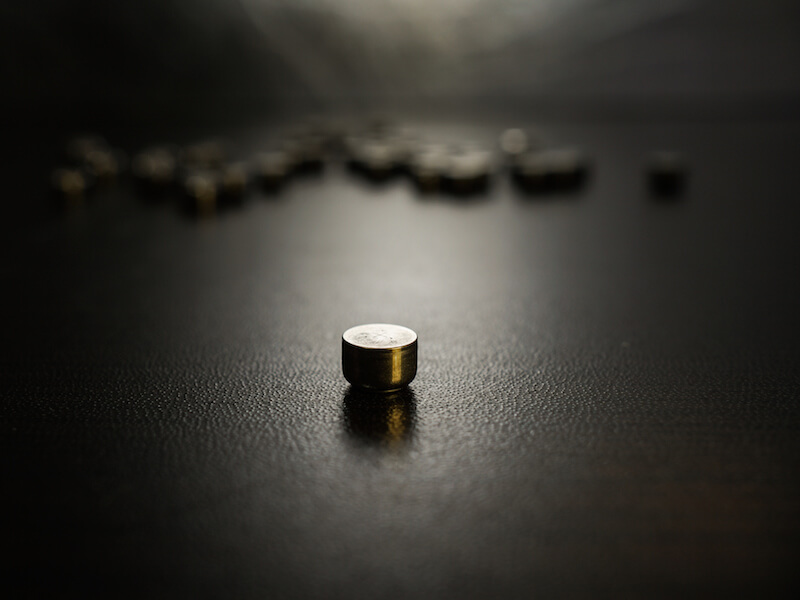
From phones to cameras to music players, how we power our electronics has advanced. A robust, rechargeable hearing aid battery is finally realizing the hopes of hearing aid makers to replace the outdated disposable power sources of the past.
Disposable hearing aid batteries have traditionally been the power source of choice among manufacturers, with size 312 batteries serving as one of the more common battery types. The most popular form of this battery, now, is “zinc-ion”.
The Drawback to Disposable Hearing Aid Batteries
As the name would imply, a zinc-air battery is impacted by the presence of air. Regarding the 312 batteries used in a lot of hearing aids, the user is required to pull a little tab off the back of the battery before it’s activated and operational.
The moment it is fully oxygenated, it begins to lose power. So the power is draining even if the user isn’t actively using it.
Most users regard the length of life to be the biggest disadvantage of disposable batteries. With 312 batteries, the user could be replacing the batteries in their hearing aids around 120 times each year because they drain in 3 to 12 days according to some reports.
That also means users may need to purchase 120 batteries, spend the time twice a week to replace them, and properly dispose of each. That’s most likely over $100 in batteries from a cost outlook alone.
Rechargeable battery Improvements
Rechargeable hearing aid technology has advanced to the point where it’s now a practical option and that’s good news for people who wear hearing aids.
Studies have shown that most people overwhelmingly prefer to use rechargeable hearing aids. In the past, these models were not practical because they didn’t maintain a charge long enough. However, modern developments now allow a full day of use per charge.
Users won’t see substantial cost savings by changing to rechargeable batteries, but where they will see an obvious improvement is in quality of life.
In addition to supplying 24 hours of use time, these new models lead to less frustration for the user, since there’s no more changing and properly disposing of batteries. They just need to place the battery on the charger.
When a disposable battery gets near the end of its life it doesn’t run your hearing aid at full power. There’s also no real way to identify how close to being inoperable the battery actually is. Consequently, users chance putting themselves in a position where their battery could die at a crucial time. A dead battery will not only lead to a safety concern, it could cause the user to miss out on important life moments.
Types of Rechargeable Hearing Aid Batteries
There are unique benefits to each of the different materials that rechargeable batteries are made of. The ability to hold a charge for 24 hours is one reason why integrated lithium-ion batteries are one viable option that manufacturers provide. You may be surprised to know that this same kind of technology is what charges and powers your smart-phone.
Silver-zinc technology is another material used for modern rechargeable hearing aids. Originally, these revolutionary batteries were developed for Nasa’s moon missions. You can even use this technology to modify and retrofit the existing hearing aids you’re comfortable with by converting the device to rechargeable power. These batteries, similar to lithium-ion, will also last all day before needing to be recharged.
There are also models that let you recharge the hearing aid without taking out the battery. At night, or at some other time when the hearing aid is not in use, the whole hearing aid can be placed right into the charger
Whichever solution you choose, rechargeable batteries will be substantially better than disposable batteries. You just have to do some research to determine which option is ideal for your needs.
Check out our hearing aid section if you’re searching for more information about what battery would be the right choice for you or any other info about hearing aids.